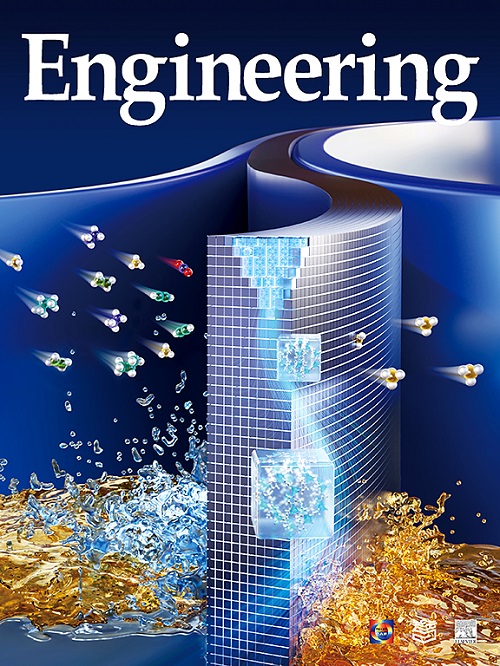Engineered Bacterial Extracellular Vesicles: Developments, Challenges, and Opportunities
IF 10.1
1区 工程技术
Q1 ENGINEERING, MULTIDISCIPLINARY
引用次数: 0
Abstract
The abundant microbe-associated molecular patterns (MAMPs) and nanoscale structures of bacterial extracellular vesicles (bEVs) collectively facilitate their versatile biological activities. Building on these inherent properties, engineering methods encompassing physical, chemical, and genetic modifications have been strategically employed to enhance the functional diversity of bEVs. Therefore, bEVs are being explored as innovative and promising platforms for developing immunotherapeutic strategies targeting diverse pathological states. To establish a foundational understanding of bEVs, we first summarized their biogenesis, classification, structures and biomolecular constituents of bEVs. This review discusses techniques for bEV production and modification and explores the immunological characteristics and effects of engineered bEVs, along with their biomedical applications. Special attention is devoted to advanced engineering approaches and outlining the challenges and emerging avenues in the development of engineered bEVs. This review aims to systematically construct an evidence-based and comprehensive framework that promotes translational optimization and clinical implementation of engineered bEVs, thereby maximizing their application potential in the biomedical field.工程细菌细胞外囊泡:发展、挑战和机遇
细菌细胞外囊泡(bEVs)丰富的微生物相关分子模式(MAMPs)和纳米级结构共同促进了它们的多种生物活性。基于这些固有特性,包括物理、化学和基因改造在内的工程方法已被战略性地用于增强纯电动汽车的功能多样性。因此,bev正在被探索作为开发针对不同病理状态的免疫治疗策略的创新和有前途的平台。为了对纯电动汽车有一个基本的认识,我们首先对纯电动汽车的生物起源、分类、结构和生物分子成分进行了综述。本文综述了bEV的生产和修饰技术,并探讨了工程bEV的免疫学特性和效果,以及它们在生物医学上的应用。特别关注先进的工程方法,概述了工程纯电动汽车发展的挑战和新兴途径。本文旨在系统构建一个以证据为基础的综合框架,促进工程化bev的转化优化和临床应用,从而最大限度地发挥其在生物医学领域的应用潜力。
本文章由计算机程序翻译,如有差异,请以英文原文为准。
求助全文
约1分钟内获得全文
求助全文
来源期刊

Engineering
Environmental Science-Environmental Engineering
自引率
1.60%
发文量
335
审稿时长
35 days
期刊介绍:
Engineering, an international open-access journal initiated by the Chinese Academy of Engineering (CAE) in 2015, serves as a distinguished platform for disseminating cutting-edge advancements in engineering R&D, sharing major research outputs, and highlighting key achievements worldwide. The journal's objectives encompass reporting progress in engineering science, fostering discussions on hot topics, addressing areas of interest, challenges, and prospects in engineering development, while considering human and environmental well-being and ethics in engineering. It aims to inspire breakthroughs and innovations with profound economic and social significance, propelling them to advanced international standards and transforming them into a new productive force. Ultimately, this endeavor seeks to bring about positive changes globally, benefit humanity, and shape a new future.
 求助内容:
求助内容: 应助结果提醒方式:
应助结果提醒方式:


